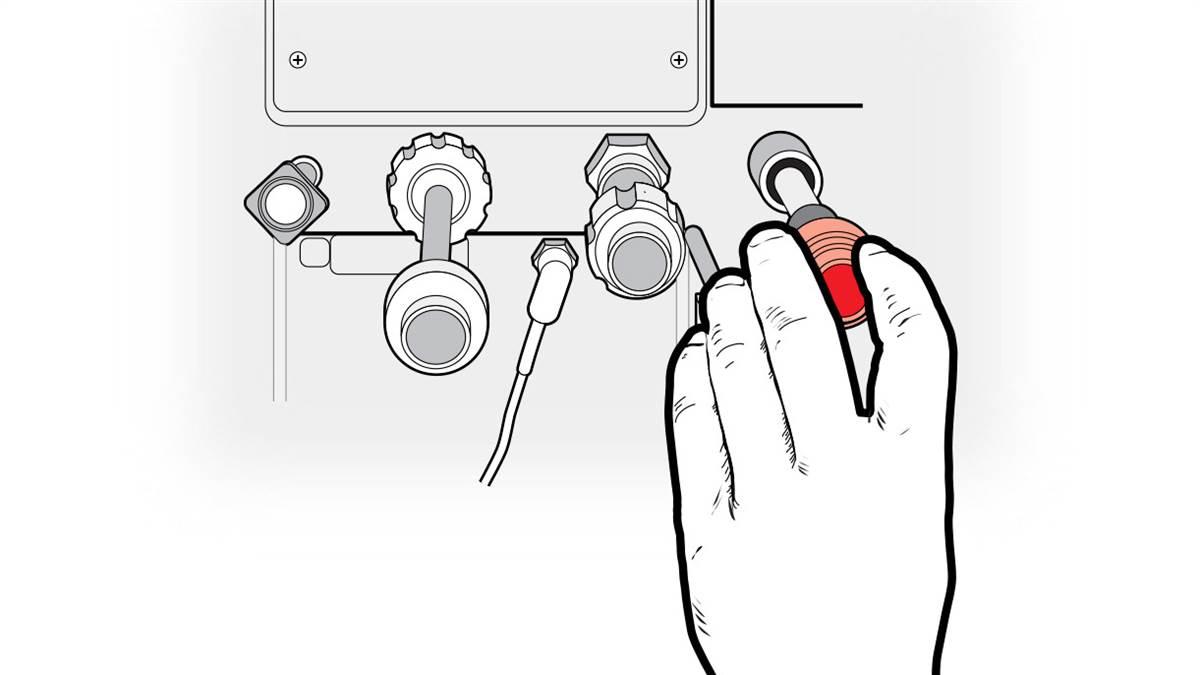
There are moments aloft that stick with you—and compel you to learn a little more about who you are as a pilot. Shortly after I became a flight instructor, I experienced one of those moments.
Having earned my initial CFI certificate just weeks prior, I was anxious to fly as much as possible. So, when I got the phone call from an aviation photographer looking to rent an airplane and a pilot for a few hours, I jumped at the chance.
The photographer was a pilot, but he always tried to bring a local pilot with him to help navigate and act as a backup. Plus, there were moments when he needed both hands for his camera.
We coordinated a time and place; he briefed me on his targets; we checked the weather, route, and fuel requirements and off we went. From Buchanan Field in Concord, California, we headed northeast to our first destination, a shopping complex located on the other side of the Sierra Nevada in Stateline, Nevada.
It was one of my first flights in the right seat of the mid-1970s Cessna 182. I had about 50 hours in the 230-horsepower airplane and have always liked the Skylane for its robust features compared to the 172, especially the addition of a constant-speed propeller.
But I was about to learn one crucial lesson in it.
After about 45 minutes flying northeast in the cold, smooth air over the snow-capped mountains, the storied blue waters of Lake Tahoe came into view. Checking my chart, I verified our position and caught a glimpse of our destination. My client suggested we start our descent. Complying with his request, I reached down to the panel and pulled back on the knob closest to me.
The engine continued to plod along and then, without warning, stuttered. An instant later, it quieted, and the propeller slowed. The engine had lost power.
I quickly started to execute the emergency checklist memory items:
A—Airspeed: Pitch to the best glide airspeed and trim for it. Easy enough.
B—Best field: When checking my position, I spotted South Lake Tahoe Airport and its runway. That would be my best option and was within an easy glide distance.
C—Carb heat: I pulled the knob, and the carb temperature gauge bounced upward.
D—Determine cause: I started the flow, bottom to top. I placed my hand on the fuel tank switch, which was on Both. I moved upward to the mixture knob which was—ack!—pulled all the way out. I pushed the knob forward and the engine reengaged without hesitation.
The rest of the flight continued without incident. In fact, I learned a ton about aerial photography, radio communications, and working with control towers to get those shots at tricky locations in congested airspace.
But, the most important lesson of the flight came to be about myself. You never know when an emergency will strike. And when one does, you hope that all the training you have experienced has prepared you to execute the proper actions to address the situation to a positive outcome.
Oh, and look down at the knobs before you pull back on one.



